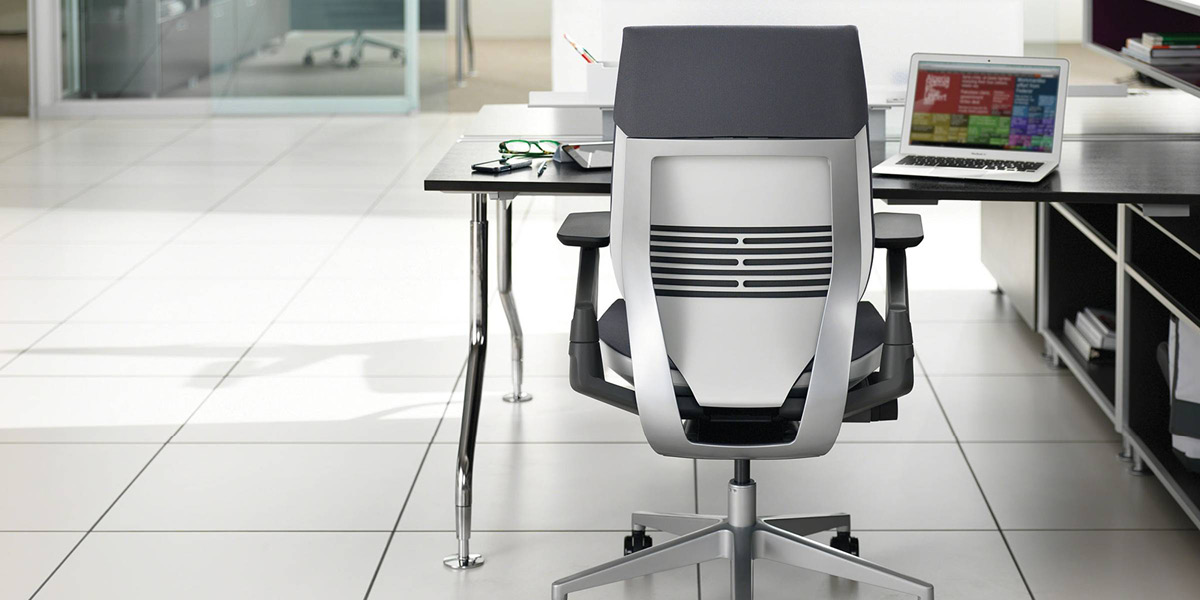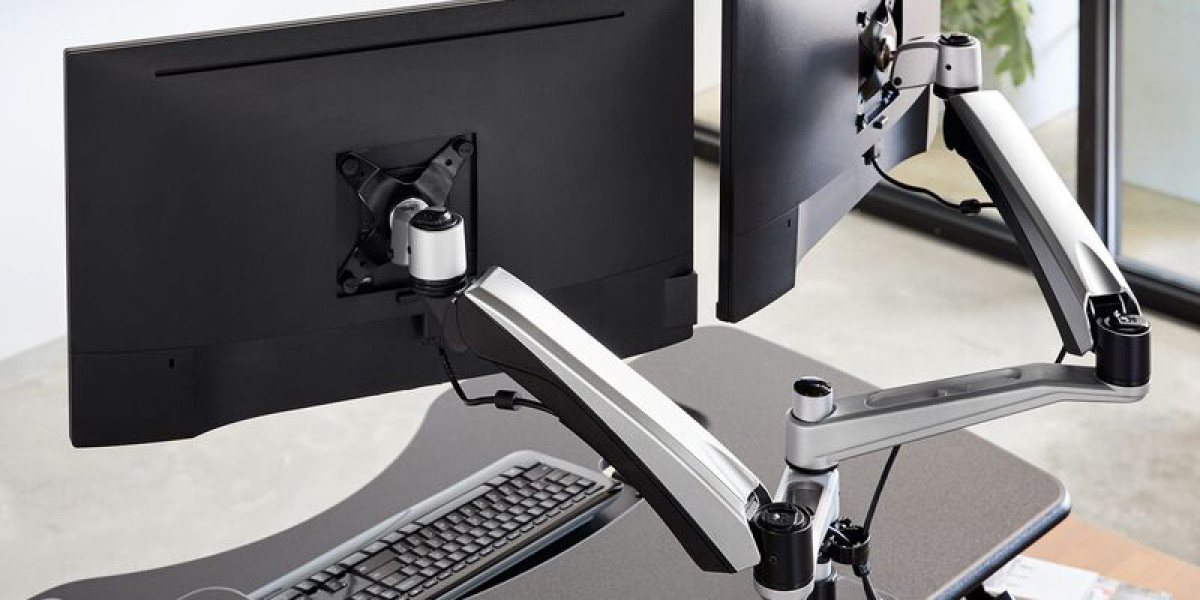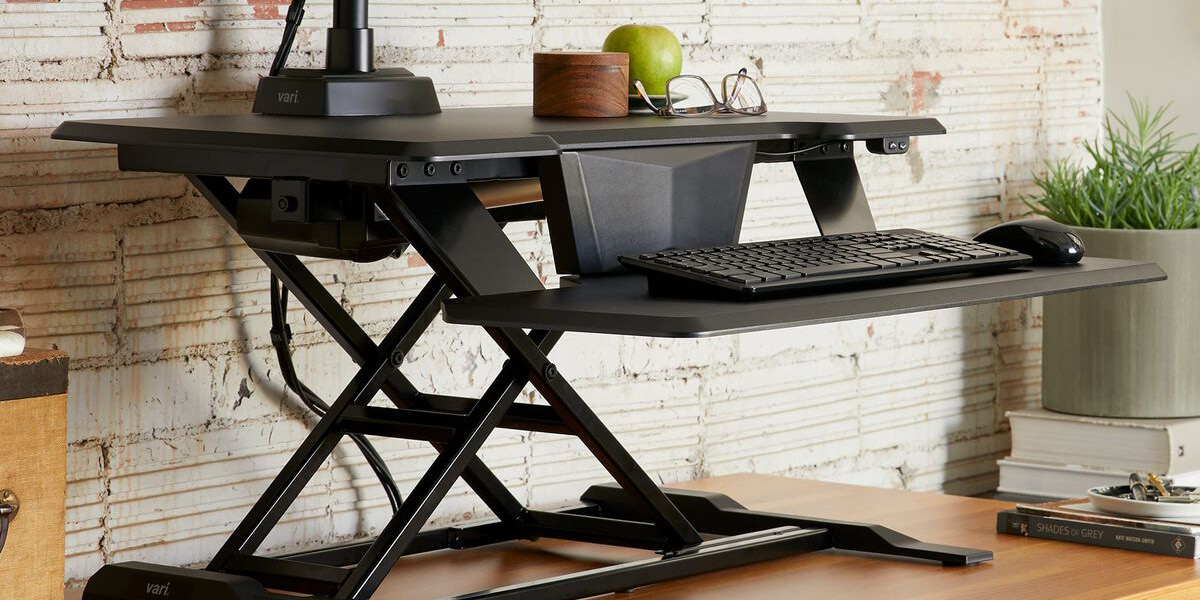Somehow it didn’t dawn on me until this weekend to share some “best practices” in home office design. Duh, right? Here’s the deal, friends: When I set up ID8 Architecture two years ago, I created it with the thought that architecture can happen from anywhere, and that remote teams and flexible schedules are how we should be planning from day one. SO – this whole COVID-19 situation that has lots of folks working from home, and perhaps for the first time – honestly hasn’t changed THAT much of how our team works. I thought perhaps I’d give you a few tips on making the most of your home office space (in my professional recommended order of importance) and show you my own home office as an example!
1. Find a “home base”.
You need to create an area that is dedicated to working, and get it whipped into shape to help facilitate your productivity. It could be a corner of the basement, a guest bedroom, or a dedicated home office, but I’d strongly recommend you have the ability to close a door to avoid interruptions and distractions. If it has a window for a little daylight – even better. Keep it tidy so you aren’t distracted by mess.
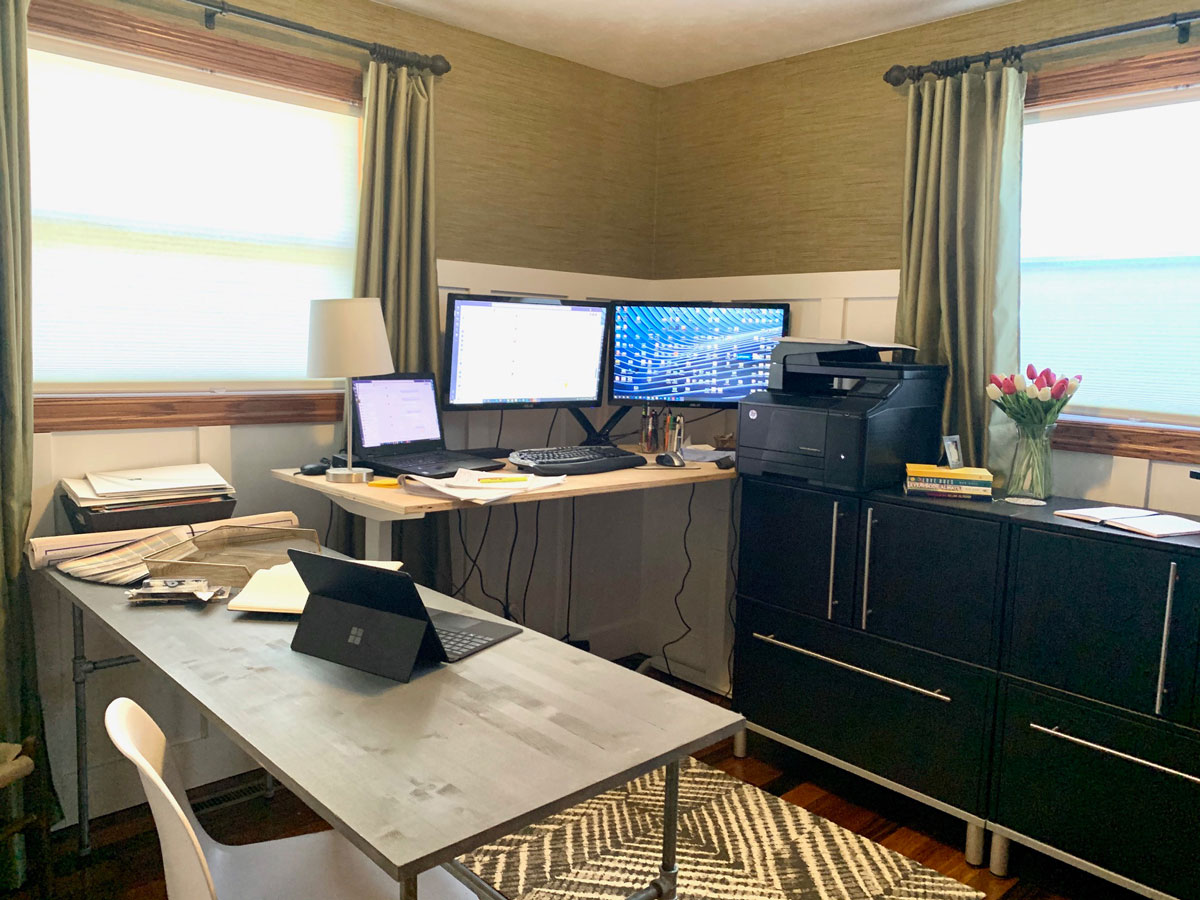
2. Get a great office/task chair.
I realize that not everyone has the budget for this, but get the best office task chair you can afford. Most employers spend between $400-$1000 on your chairs at the office, and the quality makes a big difference. Mine is a Steelcase Gesture chair from our friends at Interstate Office Products in Sioux Falls, SD, and it was Worth. Every. Penny. Yes – this is more important than your desk surface. In fact, for years I used an old door on some sawhorses for a desk, but darn it – I paid good money for this chair, its awesome ergonomic features and 25-year warranty. Worth. It.
3. Buy a monitor arm and external screen (better yet – do two if you can afford it and have the space).
Whatever you do: get your screens up, folks. You want your computer screen(s) at eye-level, and that typically means either set up on a raised platform, or a monitor-arm mounted to your desk. Our staff spaces at the office are all set up with docking stations and dual-monitor arms so that we aren’t hunched over a laptop screen with our shoulders rolled forward and our heads looking down. Trust me – you’ll spend less on chiropractic care by investing in the tools that give you the proper posture.
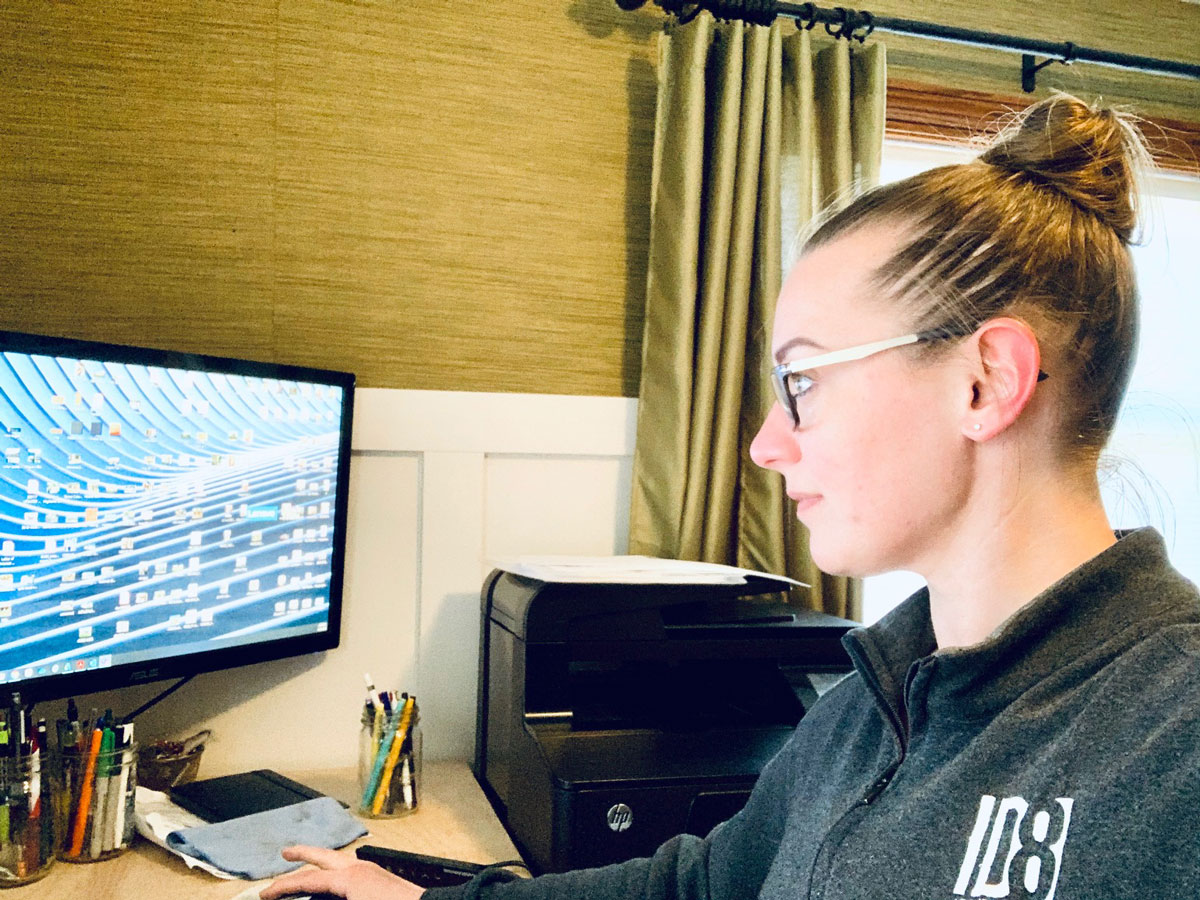
Make sure your computer screen(s) at eye-level.
4. A standing-height desk base.
Ultimately, with these 4 big priorities for your office, we're telling you to put your physical health (posture and body alignment) and your ability to be productive and focused in a dedicated space at the top of the priority list. Organizations systems, filing, calendars, whiteboards - all of those things are secondary if we're being honest. So now it's your turn. Take a look at your current work-from-home space. What might be some easy switches to make in order to check a few more of the big four off this list for your home office?
Bonus tips!
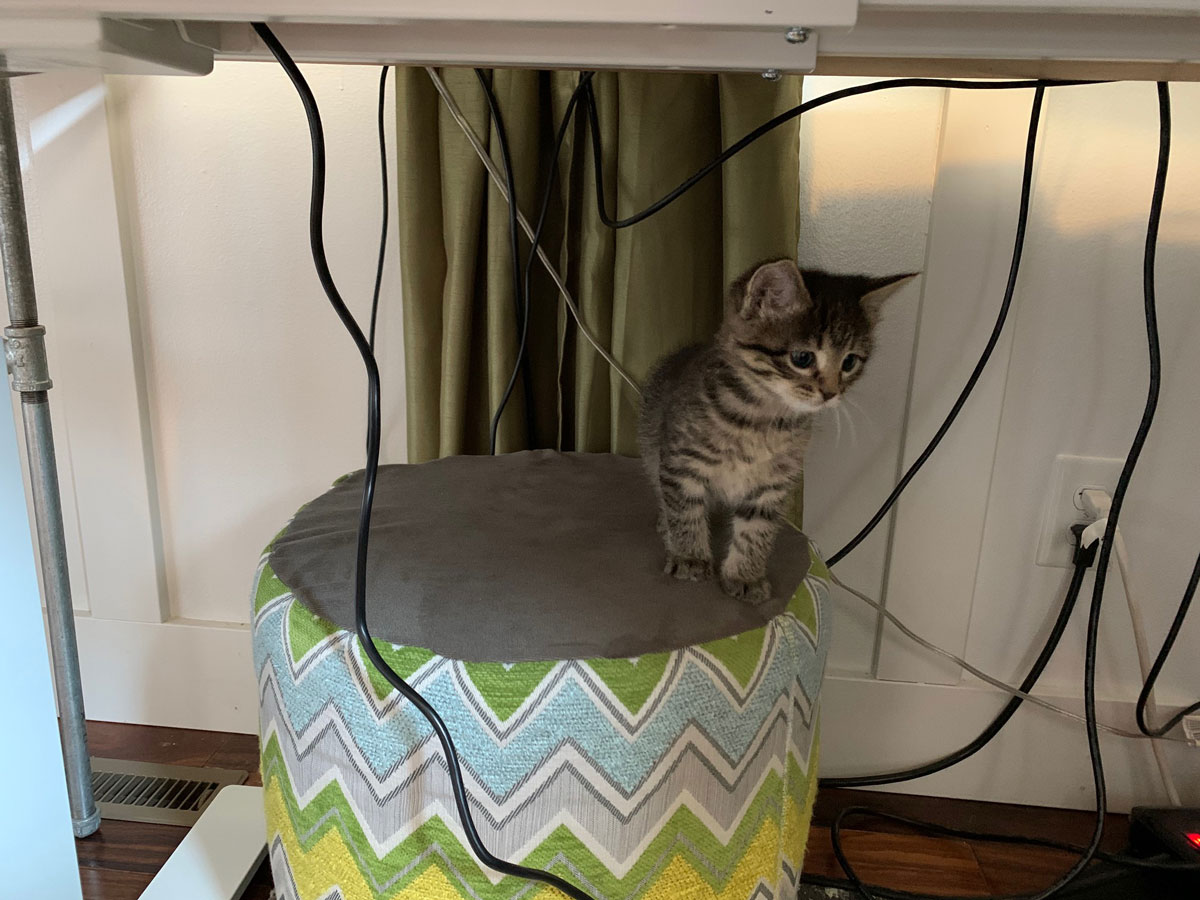
Cable management becomes pretty important when you have tiny office helpers who think cords are fun.
Note: I have not followed my own advice on this just yet, but it's high on my priority list to fix it this weekend.
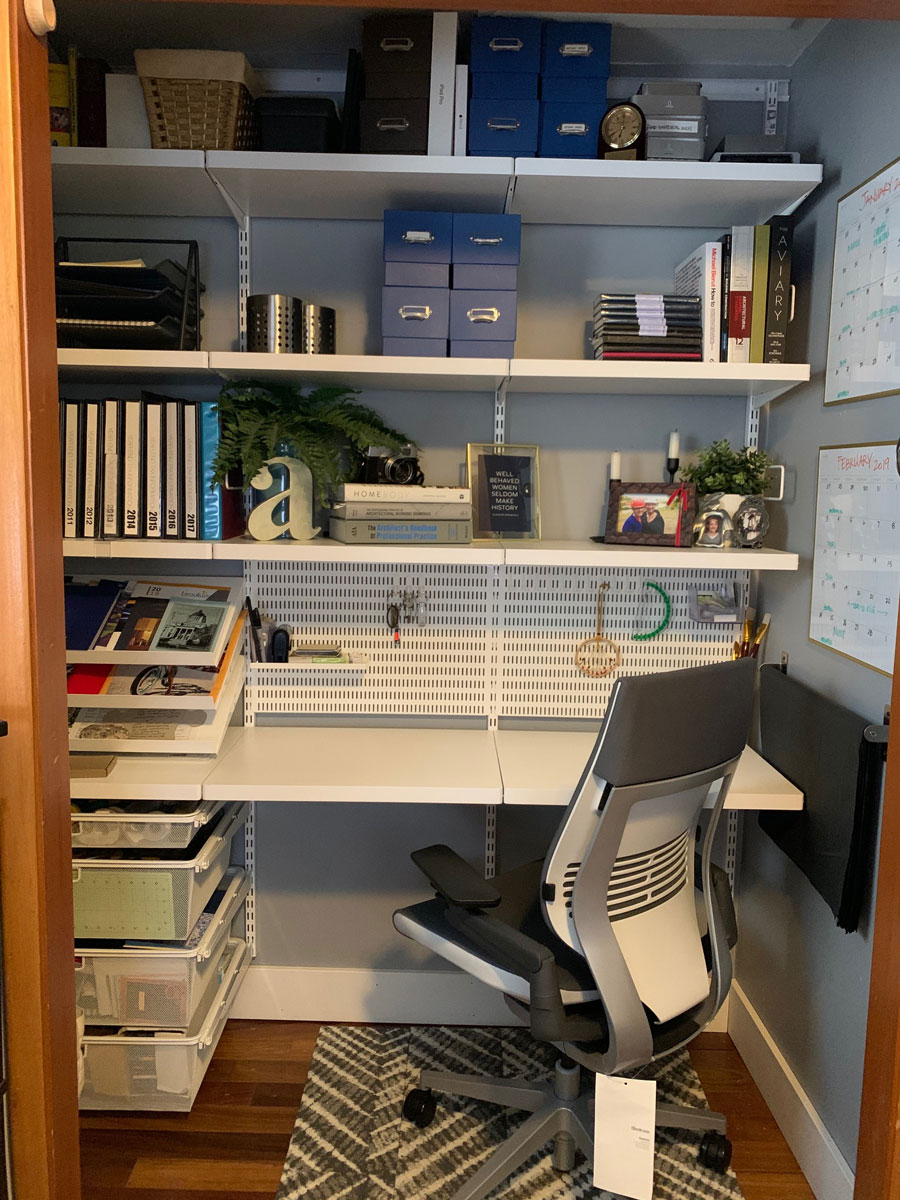
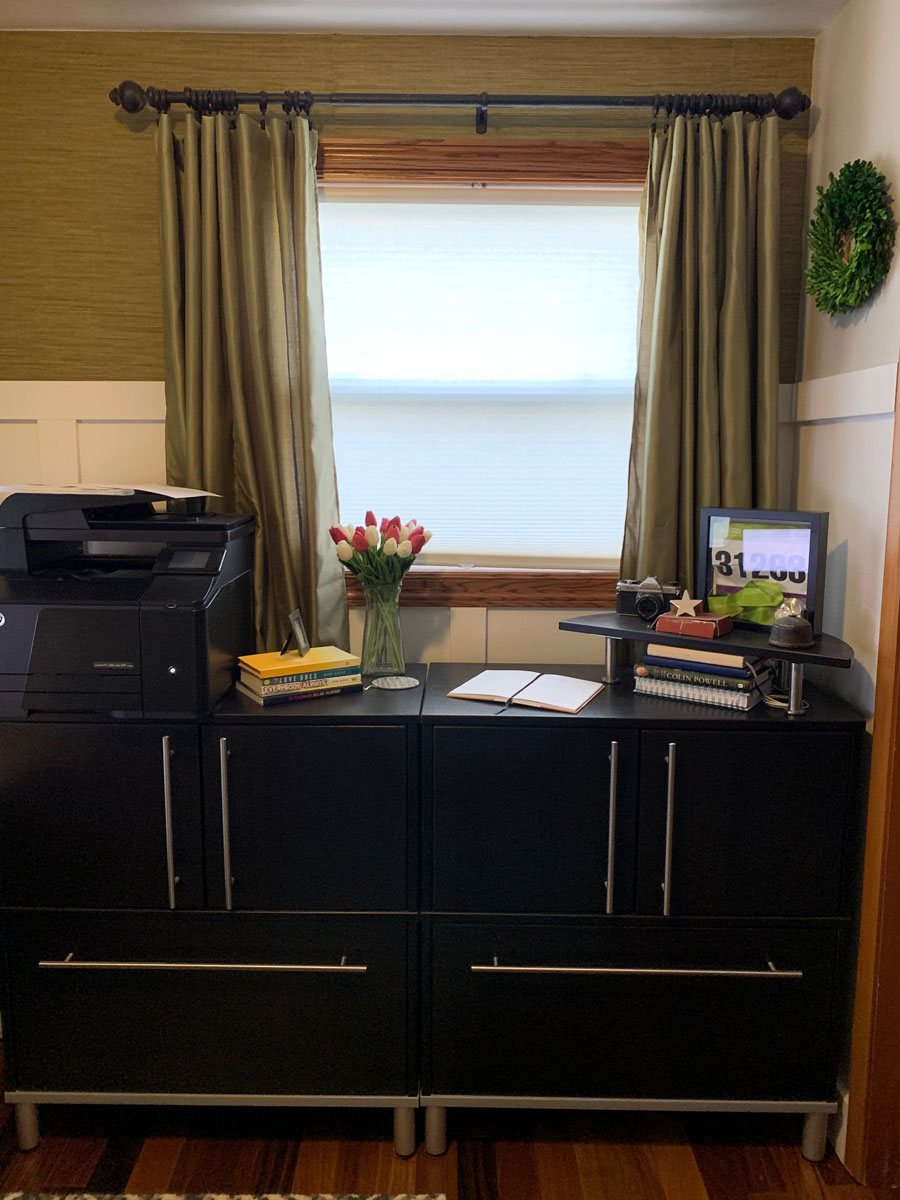
Storage is a huge part of my home office-whether filing or binders or books.

